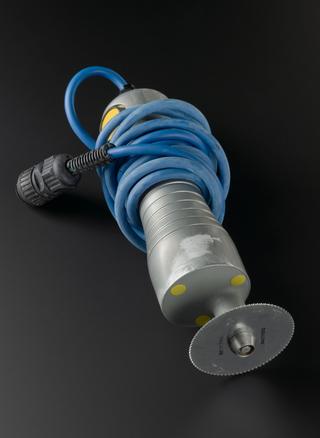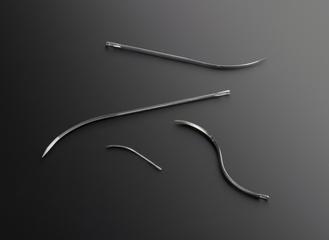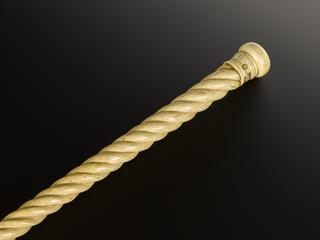
Copy of antiseptic dressing devised by Lister
- Made:
- 1927
Copy of antiseptic dressing devised by Lister, 1860-1875, made for Lister Centenary exhibition, 1927
British surgeon, Joseph Lister (1827-1912) experimented with ideas about infection, often assisted by his wife, Agnes. Using household items and specially made glassware, he noticed that urine exposed to air decomposes, while urine not exposed to air remains intact. Lister concluded that something in the air, what we know now are germs, caused infection. He trialled cleaning surgical instruments and wounds with pungent, yellow carbolic acid, on his wards at Glasgow Hospital. His tests significantly lowered infection rates, with more patients surviving their surgeries. He named the process antisepsis.Some surgeons started to use Lister’s disinfectant technique, but many questioned his approach.
By 1889, he had developed zinc bandages, which formed a protective layer over the wound, infused with mercury cyanide to kill any germs. A complete dressing consisted of a pad of gauze eight layers thick.
Details
- Category:
- Surgery
- Collection:
- Sir Henry Wellcome's Museum Collection
- Object Number:
- A602522
- Measurements:
-
overall: 23 mm x 120 mm x 146 mm,
- type:
- dressings
- credit:
- Loan, Wellcome Trust




